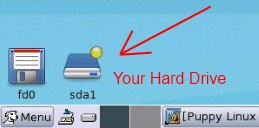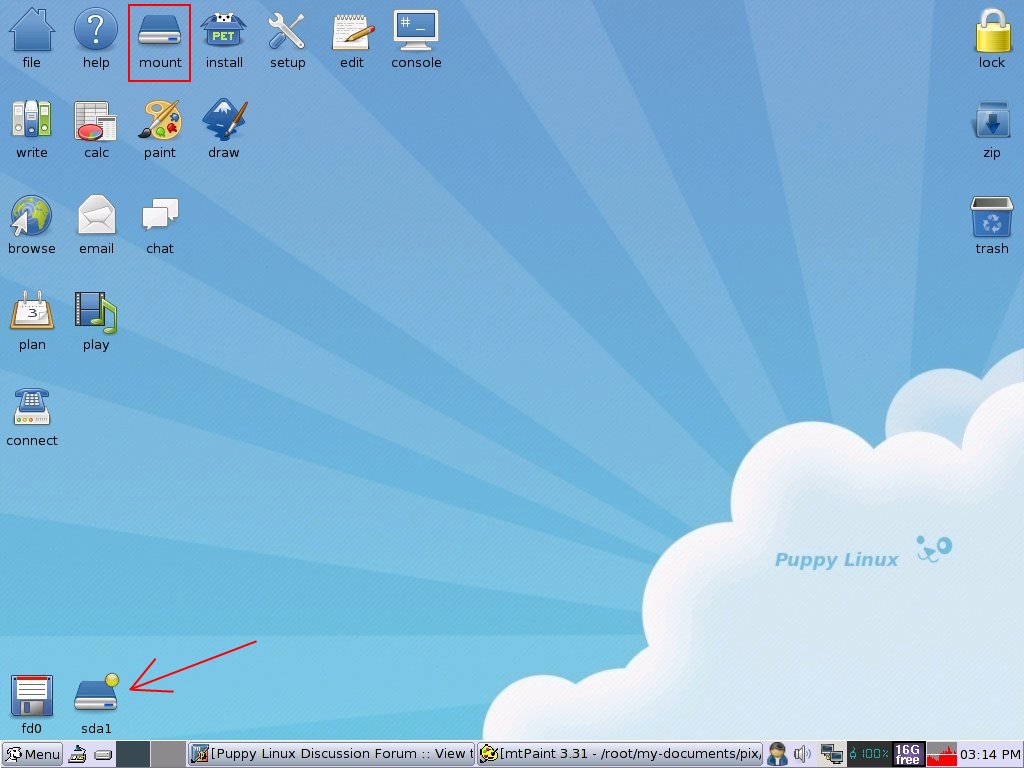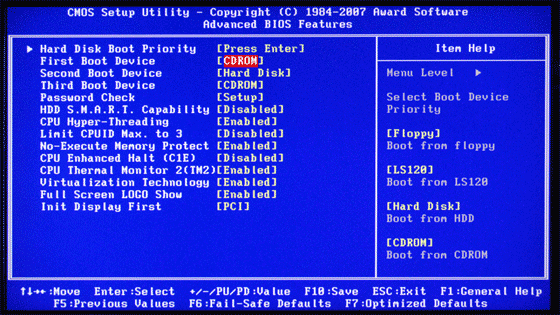Edited by marinedv8, 17 August 2011 - 12:38 AM.
missing boot MGR on windows 7
Started by
marinedv8
, Aug 17 2011 12:37 AM
#1

 Posted 17 August 2011 - 12:37 AM
Posted 17 August 2011 - 12:37 AM

#2

 Posted 17 August 2011 - 07:30 AM
Posted 17 August 2011 - 07:30 AM

* 2 Insert your Windows XP Install CD into your computer's CD/DVD-ROM drive. Restart your computer.
* 3 Press the "R" button on your keyboard when the screen says "Welcome to Setup."
* 4 Type in the admin password when prompted. Press "1" and then "Enter" to open the command prompt.
* 5 Type "fixboot" into the command prompt.
* 6 Press "Y" when a pop-up box appears, asking you for confirmation.
* 7 Restart your computer and you should be taken to your desktop.
* 3 Press the "R" button on your keyboard when the screen says "Welcome to Setup."
* 4 Type in the admin password when prompted. Press "1" and then "Enter" to open the command prompt.
* 5 Type "fixboot" into the command prompt.
* 6 Press "Y" when a pop-up box appears, asking you for confirmation.
* 7 Restart your computer and you should be taken to your desktop.
Edited by rshaffer61, 17 August 2011 - 07:42 AM.
Removed malware advice
#3

 Posted 17 August 2011 - 07:44 AM
Posted 17 August 2011 - 07:44 AM

samurusawyer the advice of running any AV or malware program is not allowed outside of the Malware forum and even then only by the trained Malware Staff.
We appreciate your assistance and if you would like to learn to fight malware please apply to GeekU.
We appreciate your assistance and if you would like to learn to fight malware please apply to GeekU.
#4

 Posted 17 August 2011 - 11:37 AM
Posted 17 August 2011 - 11:37 AM

the disc is not reading when i put it in. i thought you had to clear HD because i have 7 and im just trying to go back to XP. i didnt think you could degrade your computer with an older version....
#5

 Posted 17 August 2011 - 11:42 AM
Posted 17 August 2011 - 11:42 AM

First of all is the hard drive seen in the bios?
If so then lets try to save your data and pictures before you go any further into this.
Use Puppy Linux Live CD to Recover Your Data:
===================
***Required Hardware***
CD Burner (CDRW) Drive,
Blank CD,
Extra Storage Device (USB Flash Drive, External Hard Drive)
===================
1. Save these files to your Desktop/Burn Your Live CD:
2. Set your boot priority in the BIOS to CD-ROM first, Hard Drive Second
3. Recover Your Data
Remember to only click once! No double clicking! Once you drag and drop your first folder, you will notice a small menu will appear giving you the option to move or copy. Choose COPY each time you drag and drop.
YOU ARE DONE!!! Simply click Menu >> Mouse Over Shutdown >> Reboot/Turn Off Computer. Be sure to plug your USB Drive into another working windows machine to verify all data is there and transferred without corruption. Congratulations!


If you're doing this to recovery from a virus or malware infection, (or even if you're not), DO NOT copy executable files (.exe, .scr. etc...) if any of these files are infected you could be copying the corruption over to any new device/computer. just copy documents, pictures, music, or videos.
If so then lets try to save your data and pictures before you go any further into this.
Use Puppy Linux Live CD to Recover Your Data:
===================
***Required Hardware***
CD Burner (CDRW) Drive,
Blank CD,
Extra Storage Device (USB Flash Drive, External Hard Drive)
===================
1. Save these files to your Desktop/Burn Your Live CD:
- Download Latest Puppy Linux ISO (i.e.: lupu-520.iso)
Download BurnCDCC ISO Burning Software
- Open BurnCDCC with Windows Explorer
- Extract All files to a location you can remember
- Double Click
 BurnCDCC
BurnCDCC - Click Browse
and navigate to the Puppy Linux ISO file you just downloaded
- Open/Double Click that file
IMPORTANT: Adjust the speed bar to CD: 4x DVD: 1x - Click Start

- Your CD Burner Tray will open automatically
- Insert a blank CD and close the tray
- Click OK
2. Set your boot priority in the BIOS to CD-ROM first, Hard Drive Second
- Start the computer/press the power button
- Immediately start tapping the appropriate key to enter the BIOS, aka "Setup"
(Usually shown during the "Dell" screen, or "Gateway" Screen) - Once in the BIOS, under Advanced BIOS Options change boot priority to:
CD-ROM 1st, Hard Drive 2nd - Open your ROM drive and insert the disk
- Press F10 to save and exit
- Agree with "Y" to continue
- Your computer will restart and boot from the Puppy Linux Live CD

3. Recover Your Data
- Once Puppy Linux has loaded, it is actually running in your computer's Memory (RAM). You will see a fully functioning Graphical User Interface similar to what you normally call "your computer". Internet access may or may not be available depending on your machine, so it is recommended you print these instructions before beginning. Also, double clicking is not needed in Puppy. To expand, or open folders/icons, just click once. Puppy is very light on resources, so you will quickly notice it is much speedier than you are used to. This is normal. Ready? Let's get started.
3a. Mount Drives - Click the Mount Icon located at the top left of your desktop.

- A Window will open. By default, the "drive" tab will be forward/highlighted. Click on Mount for your hard drive.
- Assuming you only have one hard drive and/or partition, there may be only one selection to mount.
- USB Flash Drives usually automatically mount upon boot, but click the "usbdrv" tab and make sure it is mounted.
- If using an external hard drive for the data recovery, do this under the "drive" tab. Mount it now.
- At the bottom left of your desktop a list of all hard drives/partitions, USB Drives, and Optical Drives are listed with a familiar looking hard drive icon.
- Open your old hard drive i.e. sda1
- Next, open your USB Flash Drive or External Drive. i.e. sdc or sdb1
- If you open the wrong drive, simply X out at the top right corner of the window that opens. (Just like in Windows)
- From your old hard drive, drag and drop whatever files/folders you wish to transfer to your USB Drive's Window.
Remember to only click once! No double clicking! Once you drag and drop your first folder, you will notice a small menu will appear giving you the option to move or copy. Choose COPY each time you drag and drop.
YOU ARE DONE!!! Simply click Menu >> Mouse Over Shutdown >> Reboot/Turn Off Computer. Be sure to plug your USB Drive into another working windows machine to verify all data is there and transferred without corruption. Congratulations!
If you're doing this to recovery from a virus or malware infection, (or even if you're not), DO NOT copy executable files (.exe, .scr. etc...) if any of these files are infected you could be copying the corruption over to any new device/computer. just copy documents, pictures, music, or videos.
#6

 Posted 17 August 2011 - 06:18 PM
Posted 17 August 2011 - 06:18 PM

i downloaded the files and it still isnt reading the disc. when i open the bios it says drives 1-4 not installed... how can i get at least my disc drive back so i can upload this program
#7

 Posted 17 August 2011 - 07:04 PM
Posted 17 August 2011 - 07:04 PM

That sounds like a controller problem if it is not seeing any drive at all.
The boot manager would be located on your main hard drive and if it isn't seen then that is why you are having a problem.
Your hard drive may be good but the controllers on the motherboard may be the issue.
Do you have another system you could hook up your main drive as a secondary and see if it is seen?
The boot manager would be located on your main hard drive and if it isn't seen then that is why you are having a problem.
Your hard drive may be good but the controllers on the motherboard may be the issue.
Do you have another system you could hook up your main drive as a secondary and see if it is seen?
Similar Topics
0 user(s) are reading this topic
0 members, 0 guests, 0 anonymous users
As Featured On:














 Sign In
Sign In Create Account
Create Account

